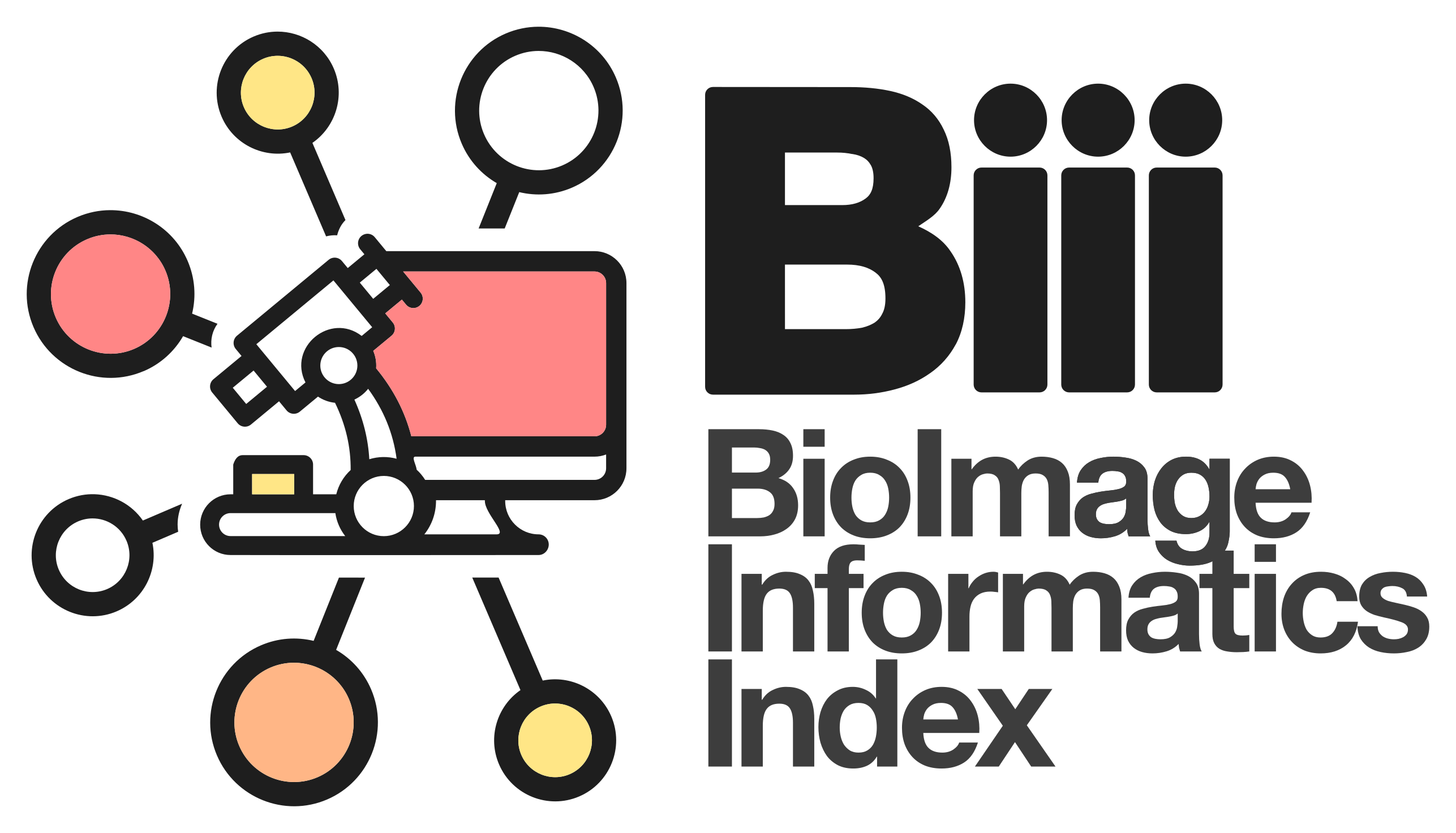Cytomine
Cytomine is a rich internet application using modern web and distributed technologies (Grails, HTML/CSS/Javascript, Docker), databases (spatial SQL and NoSQL), and machine learning (tree-based approaches with random subwindows) to foster active and distributed collaboration and ease large-scale image exploitation.
It provides remote and collaborative principles, rely on data models that allow to easily organize and semantically annotate imaging datasets in a standardized way (using user-defined ontologies associated to regions of interest), efficiently support high-resolution multi-gigapixel images (incl. major digital scanner image formats), and provide mechanisms to readily proofread and share image quantifications produced by any image recognition algorithms.
By emphasizing collaborative principles, the aim of Cytomine is to accelerate scientific progress and to significantly promote image data accessibility and reusability. Cytomine allows to break common practices in this domain where imaging datasets, quantification results, and associated knowledge are still often stored and analyzed within the restricted circle of a specific laboratory.
This software is e.g. being used by life scientists in to help them better evaluate drug treatments or understand biological processes directly from whole-slide tissue images (digital histology), by pathologists to share and ease their diagnosis, and by teachers and students for pathology training purposes. It is also used in various microscopy applications.
Cytomine can be used as a stand-alone application (e.g. on a laptop) or on larger servers for collaborative works.
Cytomine implements object classification, image segmentation, content-based image retrieval, object counting, and interest point detection algorithms using machine learning.

